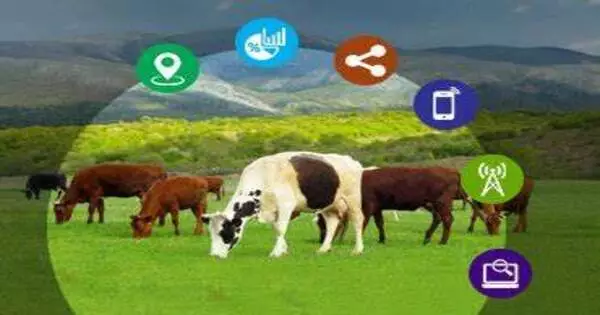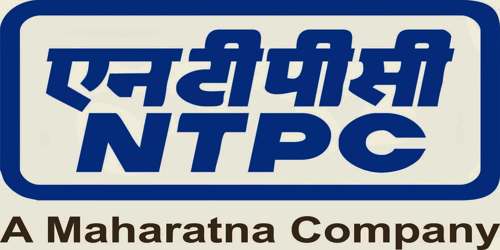Precision livestock farming (PLF) is a collection of technological instruments and procedures for livestock management. It is a cutting-edge approach to animal husbandry that uses technology and data to maximize livestock production management. PLF’s mission is to improve livestock efficiency, sustainability, and overall well-being while simultaneously enhancing farm productivity and profitability. It entails automated monitoring of animals in order to optimize their production/reproduction, health, welfare, and environmental effect.
PLF tracks large animals “per animal,” such as cows; however, it tracks smaller animals, such as poultry, “per flock,” with the entire flock in a house classified as one animal. In broilers, tracking “per flock” is common. This method monitors, manages, and controls many elements of livestock production by utilizing various technology and data-driven methodologies. PLF technologies include cameras, microphones, and other sensors for livestock tracking, as well as computer software to go with them. The data collected might be quantitative or qualitative, and it can also address sustainability.
Key components and technologies commonly associated with precision livestock farming include:
- Sensors: PLF relies on a network of sensors that can monitor various parameters, such as temperature, humidity, air quality, and animal behavior. These sensors are often placed in barns, feedlots, or on animals themselves to collect real-time data.
- Data Analytics: The data collected from sensors is processed and analyzed using advanced data analytics techniques. Machine learning and artificial intelligence algorithms can be applied to detect patterns, identify anomalies, and make predictions regarding animal health and production performance.
- Animal Monitoring: PLF systems track individual animal health and behavior. This can include monitoring vital signs, activity levels, and feeding patterns to detect signs of illness or stress early.
- Nutrition Management: Precise feeding systems are employed to provide animals with the right nutrition at the right time. This not only optimizes growth but also minimizes waste.
- Health Management: PLF helps in early disease detection. By continuously monitoring animal health data, farmers can identify sick animals before visible symptoms appear, allowing for timely treatment and isolation.
Benefits of Precision Livestock Farming:
- Improved Animal Welfare: PLF systems help ensure that animals are provided with the best possible care, as health issues can be addressed promptly, and environmental conditions are optimized.
- Sustainability: PLF can reduce the environmental footprint of livestock farming by minimizing resource use, such as water and feed, and reducing the emissions associated with livestock production.
- Cost Reduction: Improved efficiency and early disease detection can lead to cost savings in terms of labor, veterinary care, and feed.
- Data-Driven Decision-Making: Farmers can make more informed decisions based on real-time data, leading to better outcomes and higher profitability.
















